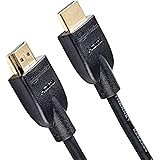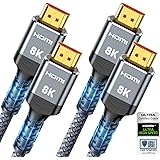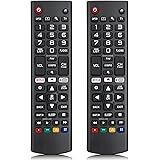A home theater entertainment center is the focal point of your media room. It’s where you and your family gather to watch the big game or your favorite movies, binge the latest TV series or catch up on old favorites, or just kick back and relax with a good video game.
A home entertainment center can be as simple or sophisticated as you like, but it should provide ample space to accommodate your TV and all the other components that go with it. It should also be durable and well-designed, so it will stand up to years of use.
While it is possible to find affordable, entry-level TV stands that offer some degree of functionality, higher quality furniture provides a better value in the long run because they are constructed from premium materials and have user-friendly features. They are designed to serve as a beautiful addition to your living room and will enhance your media experience for many years to come.
In general, home theater TV stands and entertainment centers are constructed from wood or metal and come in a variety of finishes. Natural wood and brushed aluminum are great for traditional or transitional settings, while glass, steel, and glossy finishes complement contemporary to midcentury modern decor. Many pieces include crown molding and glass-front doors for a built-in look that’s ideal in modern homes.
A home theater entertainment center should be easy to set up and maintain. It should have a built-in TV mount to accommodate your flat screen television, and it should have plenty of open or closed storage for all your electronics, including the remotes, CDs, gaming consoles, and more. It should also feature a recessed shelf or cubby that’s perfect for a Blu-ray player or sound bar. It should also be easy to route cables in and out of the cabinet with notches and holes for signal, power, and audio/video wires.
Another important consideration is the size of the TV you plan to display in your entertainment center. Most media centers are sized to accommodate most televisions, but there are also some models that can support larger screens and even video projectors for a dedicated home theater room.
If you’re planning to set up a dedicated home theater room, it might be worthwhile to consider an enclosed cabinet that keeps all your components and speakers concealed behind an acoustically transparent and remote-friendly perforated metal pulldown door. This makes it easier to install an AV receiver, and it helps keep the area tidy while maintaining quick access to your devices. Plus, it can be a huge help when you’re replacing or adding a new component because it eliminates the need to thread all the cable wires by hand. The tight cabinet spaces in most entertainment centers aren’t only a pain to work with, but they also inhibit the efficient operation of audio and video equipment because heat needs to be dissipated properly.









